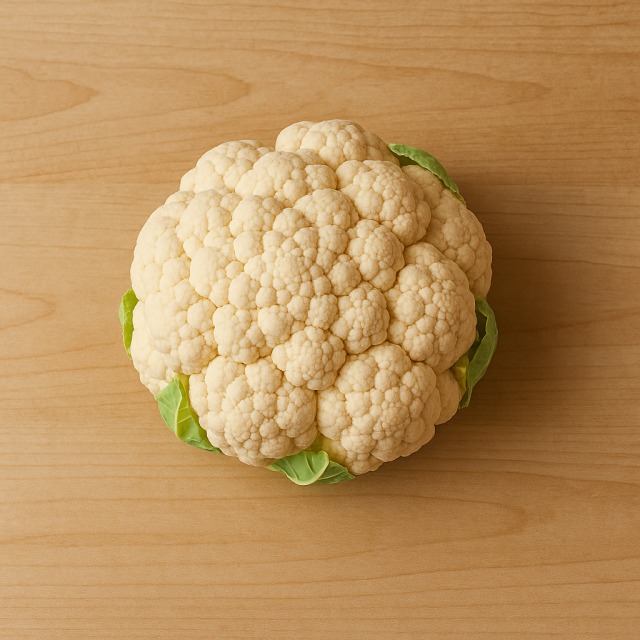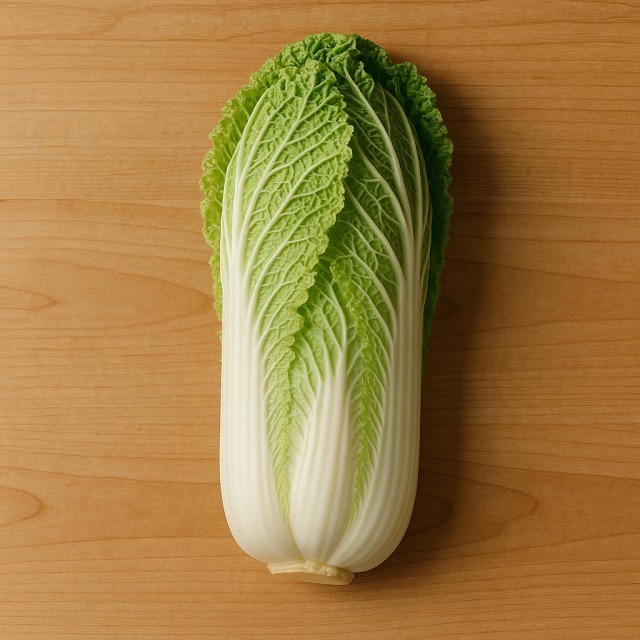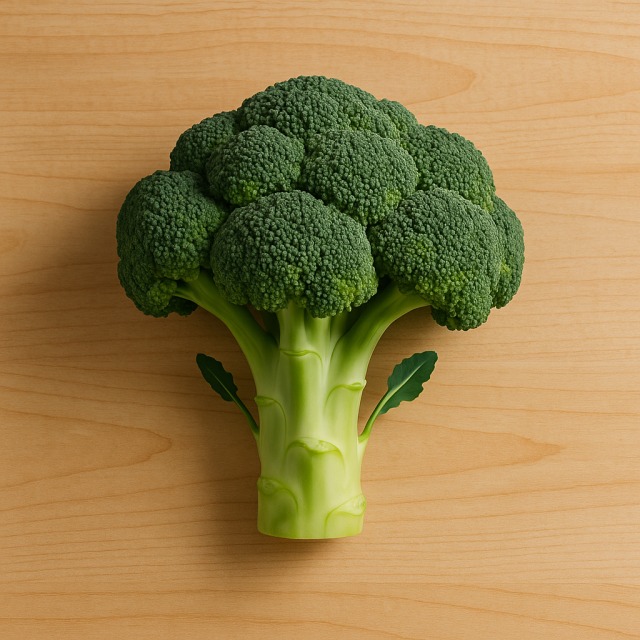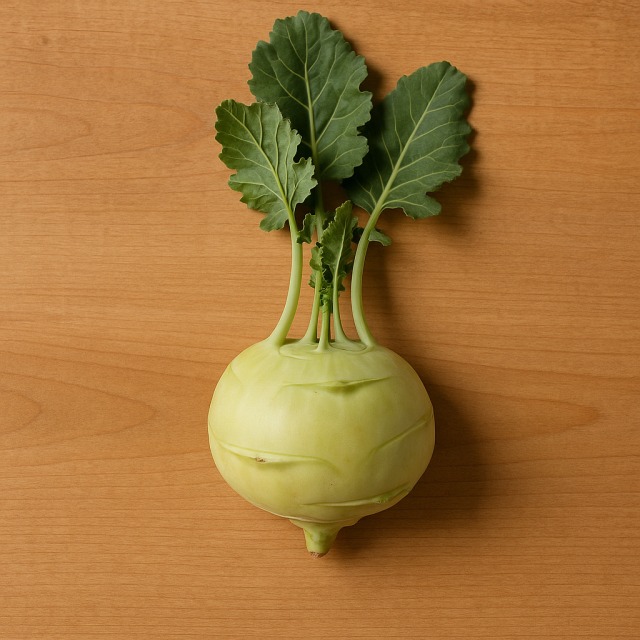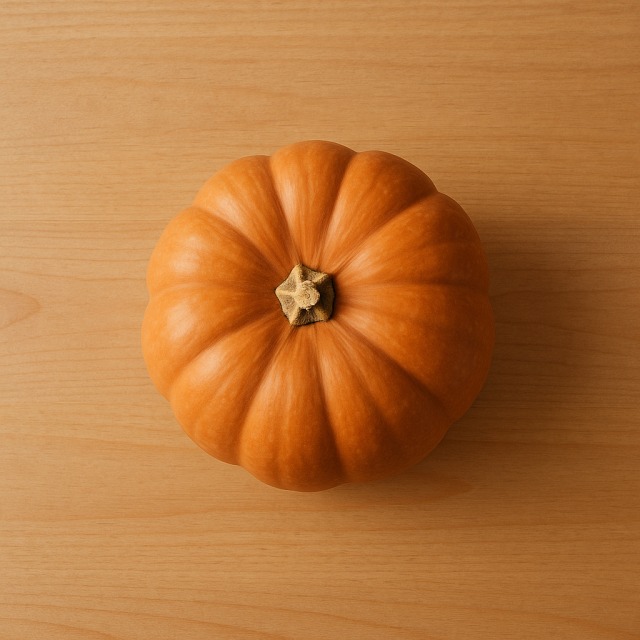Calorie Chart / Vegetables / Red cabbage
How Many Calories Are in Red cabbage?
Calculation of the nutritional value & Recommended Dietary Intake of red cabbage
For g and a calorie requirement of kcal
| Calories 26 kcal | Proteins 1.5 g | Lipids 0 g | Carbohydrates 5 g |
| 1% | 2% | 0% | 2% |
Health benefits of red cabbage

Red cabbage - 100g
Calories 26 kcal
Proteins 1.5 g
Lipids 0 g
Carbohydrates 5 g
With only 26 kcal per 100 g, red cabbage is a definitively low-calorie vegetable. Because its calorie density is so modest, it helps reduce the total number of calories on your plate while still adding volume, colour and crunch. People who monitor calories for weight management will appreciate how easily red cabbage lets them cut calories without feeling hungry.
Beyond its minimal calories, red cabbage supplies large amounts of vitamin C, vitamin K and a useful dose of vitamin B6 and potassium. Its deep purple pigments are anthocyanins, powerful antioxidants that are being studied for their supposed cardioprotective effects. Although the evidence is still emerging (hence "supposed"), these compounds may help fight oxidative stress.
The vegetable is also rich in insoluble fibre, which can increase satiety and slow down the absorption of calories from the rest of the meal. Historically, red cabbage has been cultivated in Europe since the 16th century and was valued on long sea voyages for its vitamin C content that helped sailors ward off scurvy—long before anyone spoke of calories at all. Overall, it is classified as a low-calorie food, making it an ally in any plan that keeps a close eye on daily calories.
Tips for incorporating red cabbage into a balanced diet
Raw red cabbage shines in a crunchy slaw: shave it finely and toss with grated apple, julienned carrot, a handful of toasted walnut pieces and a light vinaigrette. The dish barely nudges your calorie count upward, yet delivers flavour, fibre and colour—ideal when you need to lower calories without shrinking portion size.
For a warming side, braise red cabbage with a splash of vinegar, diced onion and a teaspoon of honey. Serve it alongside grilled chicken breast or baked salmon. The protein–veg duo keeps overall calories moderate while balancing carbohydrates and proteins.
Fermenting red cabbage into a tangy pickle (similar to sauerkraut) boosts probiotic intake without adding significant calories. Spoon it over a bowl of brown rice and seared tofu for a plant-forward meal that stays mindful of calories yet feels satisfying.
Athletes needing extra post-training calories can fold sautéed red cabbage into whole-wheat wraps with quinoa and avocado. The vegetable itself adds negligible calories but plenty of micronutrients, letting the athlete choose where the extra calories will come from while maintaining nutrient density.
Frequently Asked Questions
- How many calories are in red cabbage?
- There are 26 kcal per 100 g.
- Is red cabbage really low in calories compared with other vegetables?
- Yes. For example, 100 g of red cabbage delivers 26 kcal, whereas the same weight of potato averages around 85 kcal. Only ultra-light options like cucumber dip below it in calories.
- Do different cooking methods change the calories in red cabbage?
- The vegetable itself keeps the same inherent calories, but added oil, butter or sugar will raise the calories of the final dish. Steaming or microwaving preserves the low calories; sautéing in oil can easily add 40–60 kcal per serving.
- Is red cabbage suitable for a low-carb diet while counting calories?
- Yes. With roughly 5 g of carbohydrates per 100 g and only 26 calories, it fits both low-carb and low-calorie goals.
- Can athletes rely on red cabbage for post-workout calories?
- Red cabbage itself provides very few calories, so athletes often pair it with energy-dense foods like quinoa or chicken to reach their calorie and protein targets while still benefiting from the vegetable's antioxidants.
- What is the best way to store red cabbage to avoid nutrient and calorie loss?
- Keep the head unwashed in the crisper drawer; once cut, wrap tightly to limit vitamin C degradation. Calorie content remains the same, but better storage prevents spoilage that might force you to add higher-calorie ingredients to compensate for lost texture.
Similar foods
Information provided by Calorie Menu may contain inaccuracies or errors. It cannot, under any circumstances, substitute medical advice or medication.
